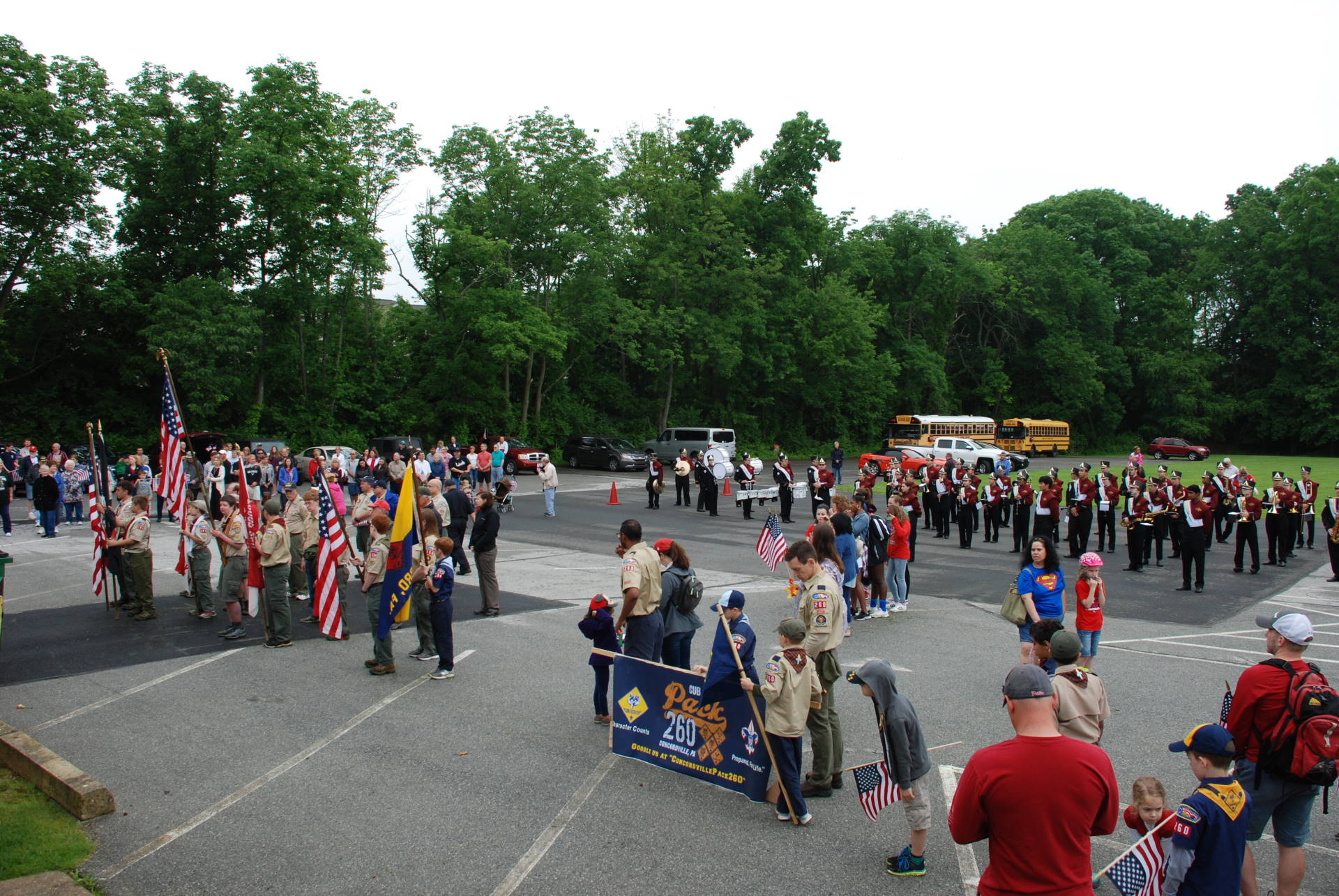Dress for a visitation is typically business casual, while more formal attire is appropriate for the funeral ceremony. It is not necessary to wear black, but conservative attire is suggested for men and women.
Many times the family will have a private viewing prior to the public visitation. It is strongly suggested that unless otherwise invited, the public should arrive at the time of visitation as stated in the obituary or death notice.
Arrival for the funeral should be at least 30-45 minutes prior to scheduled service. This gives the funeral home staff proper time to arrange cars for the procession to the cemetery, for friends and family to be properly seated, and personal matters attended too.
There are many reasons why a family selects a particular funeral home. The most popular reason is the funeral home has served the family in the past. Other reasons include; there is a personal relationship with the funeral home owner or perhaps someone on staff, the location of the funeral home and the cost. In many surveys, cost is at the bottom of the list for choosing a funeral home.
There are many factors that contribute to the cost of a casket.
Materials — most caskets are made of various species of wood and different types of metal. The cost of the raw material is the primary factor involved in the cost of a casket. A solid walnut or solid cherry casket will be more than a pine or poplar casket. Other wood species used in wood casket production are mahogany, oak, ash, maple; the same is true with metal. The metals used in casket construction are bronze, copper, stainless steel, and carbon steel. Many funeral directors describe carbon steel caskets in “gauge” increments and copper and bronze caskets as semi-precious metals. Now, many funeral directors use a good-better-best approach while explaining metals to their families.
Interior materials and exterior hardware will have an impact on the overall cost of a casket as well.
As with any major purchase that a consumer makes it is strongly advised to do your homework before spending the money. If you are contacted by “third party” vendors or choose to shop over the Internet, be sure you read all the fine print. Many times third party sellers do not have to trust any or part of the cost of goods you purchase through them. Most states require funeral homes to trust either all or most of the funds received for pre-arranged/payed funerals.
As with the casket, the primary cost of an urn is the raw materials that were used in the construction. Urns are made from various species of wood, cast bronze, sheet bronze, Stainless steel, steel and cultured marble.
Cremation is a form of disposition; it is not a funeral service. Many families that choose cremation today will have a memorial service or a traditional funeral service with the body present and cremation following the services.












